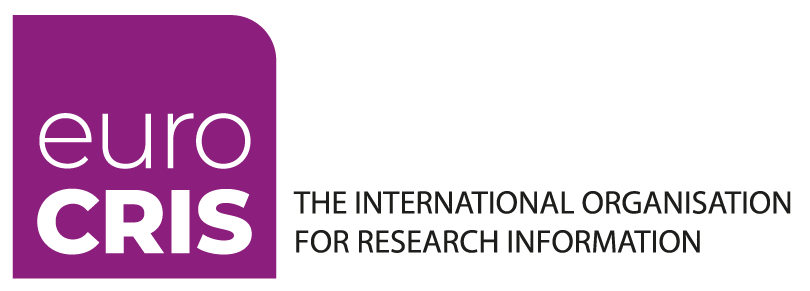On Wed Oct 1st the Norwegian Agency for Shared Services in Education and Research (Sikt) launched the Nasjonalt vitenarkiv (NVA), the Norwegian Research Information Repository, after approximately seven years of planning, design, testing, and collaboration across Norwegian research institutions. There are approximately 170 institutions in production.
What is NVA?
- NVA is a national common service for registering, reporting and making research outputs (publications, projects, etc.) open and discoverable. It gathers content from, and replace, Cristin and 67+ institutional repositories.
- This reduces duplication of work for institutions and researchers, improves metadata quality, and ensures all publicly funded research in Norway becomes more openly available.
- As of the launch, most data have been migrated and made searchable and NVA is in full operational status.
Why NVA matters
- Previously, research outputs in Norway were split across several systems: Cristin (for registering research activity) and various local open repositories ("vitenarkiv"). Some outputs might be registered in Cristin, but the full text or metadata stored in institutional archives, or vice versa. This implied extra work for users and less cohesion across data.
- With NVA, there is now a single platform where researchers and institutions can both register and make available research results. It simplifies reporting, strengthens discoverability, and fulfills national policy goals for open access to publicly funded research.
- NVA functions as Norway’s CRIS system, integrating data from multiple sources and aligning with what euroCRIS promotes: unified, interoperable, quality metadata; the use of persistent identifiers (for researchers, organizations, outputs); and enabling data exchange across systems.
Looking ahead
- We will continue to further develop functionality in collaboration with user institutions, improve metadata quality, and integrate systems to facilitate import, reporting and discovery.
This launch represents a milestone for Norwegian research infrastructure, transparency, and openness.


